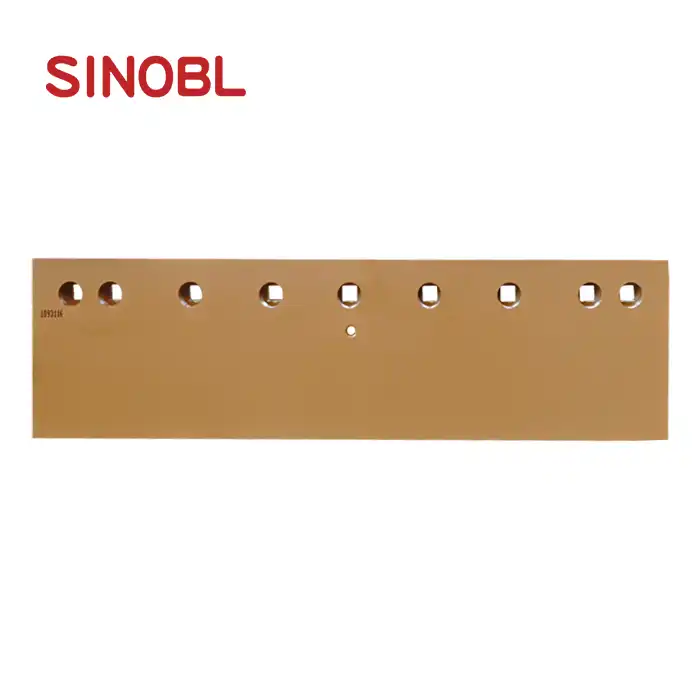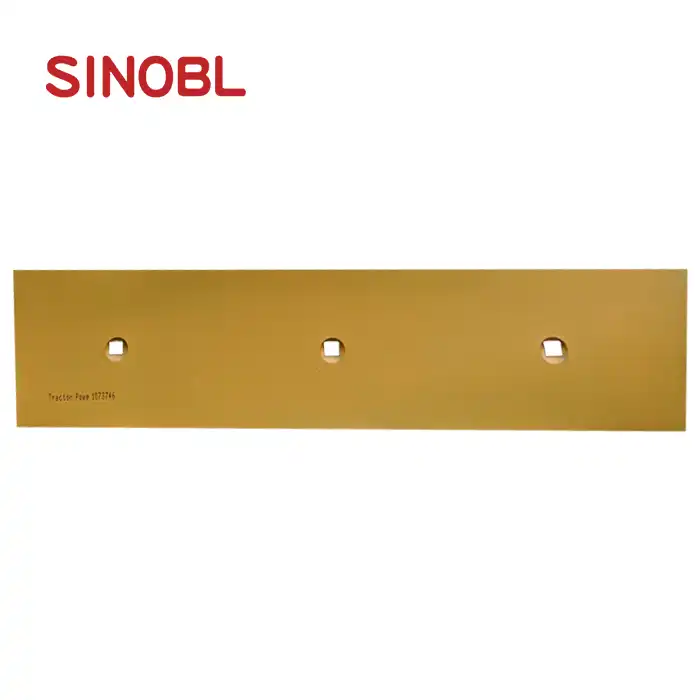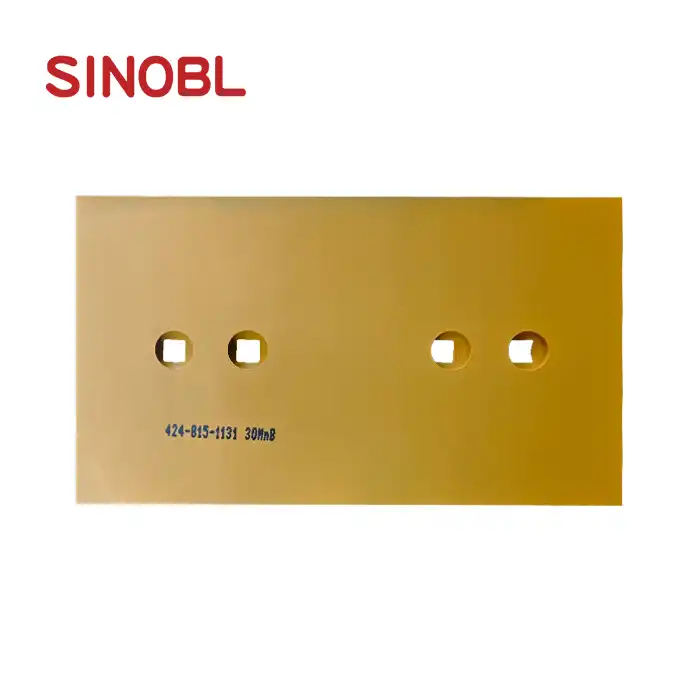What is the typical hardness of the Dozer Sprocket Segment SD16?
The hardness of the Dozer Sprocket Segment SD16 is a critical factor determining its performance and longevity in heavy-duty construction and mining operations. Understanding this fundamental property helps operators make informed decisions about maintenance schedules, replacement intervals, and overall equipment efficiency. The typical hardness of the Dozer Sprocket Segment SD16 ranges from 45-55 HRC (Rockwell Hardness C-scale), achieved through specialized heat treatment processes applied to high-grade boron steel. This hardness level provides the optimal balance between wear resistance and toughness, ensuring the segment can withstand extreme operating conditions while maintaining structural integrity. The heat-treated boron steel construction offers superior durability compared to standard carbon steel alternatives, making the Dozer Sprocket Segment SD16 an essential component for maintaining peak bulldozer performance.
Material Composition and Heat Treatment Process of Dozer Sprocket Segment SD16
Advanced Boron Steel Alloy Selection
The foundation of the Dozer Sprocket Segment SD16's exceptional hardness lies in its carefully selected boron steel composition. This high-grade material contains trace amounts of boron, typically 0.0005-0.003%, which significantly enhances the steel's hardenability properties. The boron acts as a catalyst during the heat treatment process, allowing for deeper and more uniform hardening throughout the segment's cross-section. Shanghai SINOBL Precision Machinery Co., Ltd. utilizes premium-grade boron steel that undergoes rigorous material testing and analysis to ensure consistent chemical composition. The Dozer Sprocket Segment SD16 benefits from this advanced alloy selection, as boron steel provides superior wear resistance compared to conventional carbon steels while maintaining excellent toughness properties. The material's microstructure is carefully controlled during manufacturing to optimize grain size and distribution, resulting in enhanced mechanical properties that directly translate to improved field performance.
Precision Heat Treatment Technology
The heat treatment process for the Dozer Sprocket Segment SD16 involves a sophisticated multi-stage approach that maximizes hardness while preserving essential toughness characteristics. The initial heating phase brings the component to approximately 850-900°C, allowing the carbon and alloying elements to dissolve uniformly throughout the steel matrix. This is followed by a controlled quenching process using specialized cooling media to achieve rapid cooling rates necessary for optimal hardness development. The Dozer Sprocket Segment SD16 then undergoes a tempering process at carefully controlled temperatures to reduce internal stresses while maintaining the desired hardness level. Shanghai SINOBL's advanced heat treatment facilities employ state-of-the-art temperature monitoring and control systems to ensure consistent results across all production batches. This precision approach guarantees that every Dozer Sprocket Segment SD16 meets the stringent hardness requirements necessary for reliable performance in demanding applications.
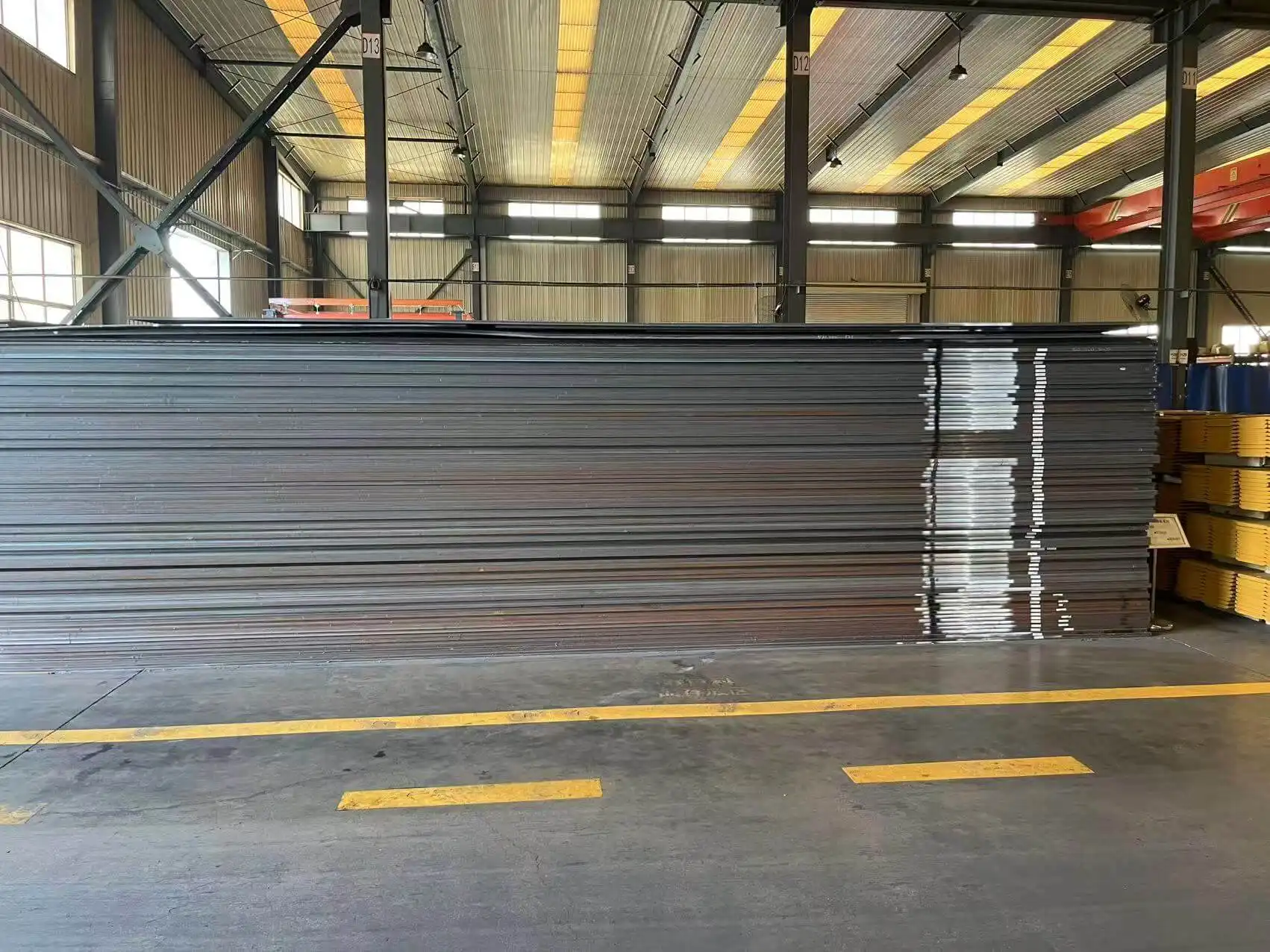
Quality Assurance and Hardness Testing
Comprehensive quality control measures ensure that each Dozer Sprocket Segment SD16 achieves the specified hardness requirements before leaving the manufacturing facility. Shanghai SINOBL implements multi-stage inspection protocols that include both destructive and non-destructive testing methods to verify hardness consistency. Rockwell hardness testing is performed at multiple locations on each segment to ensure uniform hardness distribution throughout the component. The Dozer Sprocket Segment SD16 undergoes rigorous testing using calibrated hardness testing equipment that complies with international standards. Additionally, metallurgical analysis is conducted to verify the microstructural characteristics that contribute to the segment's hardness properties. This comprehensive testing approach ensures that every Dozer Sprocket Segment SD16 delivered to customers meets or exceeds the specified hardness requirements, providing confidence in long-term performance and durability.
Performance Characteristics and Hardness Impact on Dozer Sprocket Segment SD16
Wear Resistance and Service Life Enhancement
The optimal hardness range of 45-55 HRC achieved in the Dozer Sprocket Segment SD16 directly correlates with exceptional wear resistance properties that extend service life significantly. This hardness level creates a surface that effectively resists abrasive wear from soil, rocks, and other debris encountered during bulldozer operations. The heat-treated boron steel construction of the Dozer Sprocket Segment SD16 develops a refined microstructure that provides superior resistance to both adhesive and abrasive wear mechanisms. Field testing has demonstrated that segments with this hardness range can achieve up to 30% longer service life compared to conventional alternatives. The enhanced wear resistance translates to reduced maintenance costs and extended intervals between replacements, making the Dozer Sprocket Segment SD16 an economically advantageous choice for fleet operators. The uniform hardness distribution ensures consistent wear patterns across the entire segment surface, preventing premature failure due to localized soft spots or hardness variations.
Load Distribution and Structural Integrity
The hardness characteristics of the Dozer Sprocket Segment SD16 play a crucial role in its ability to distribute operational loads effectively throughout the track system. The optimized hardness level provides the necessary strength to handle the substantial forces generated during bulldozer operations while maintaining flexibility to absorb shock loads. This balanced approach prevents brittle failure modes that can occur with excessively hard materials while ensuring adequate strength for heavy-duty applications. The Dozer Sprocket Segment SD16's hardness profile is specifically engineered to complement the SD16 bulldozer's operational requirements, providing optimal load transfer characteristics that reduce stress concentrations in critical areas. The three-tooth configuration, combined with the specified hardness range, ensures proper engagement with track chains while minimizing wear on mating components. This integrated design approach maximizes the overall efficiency of the undercarriage system and contributes to improved bulldozer productivity.
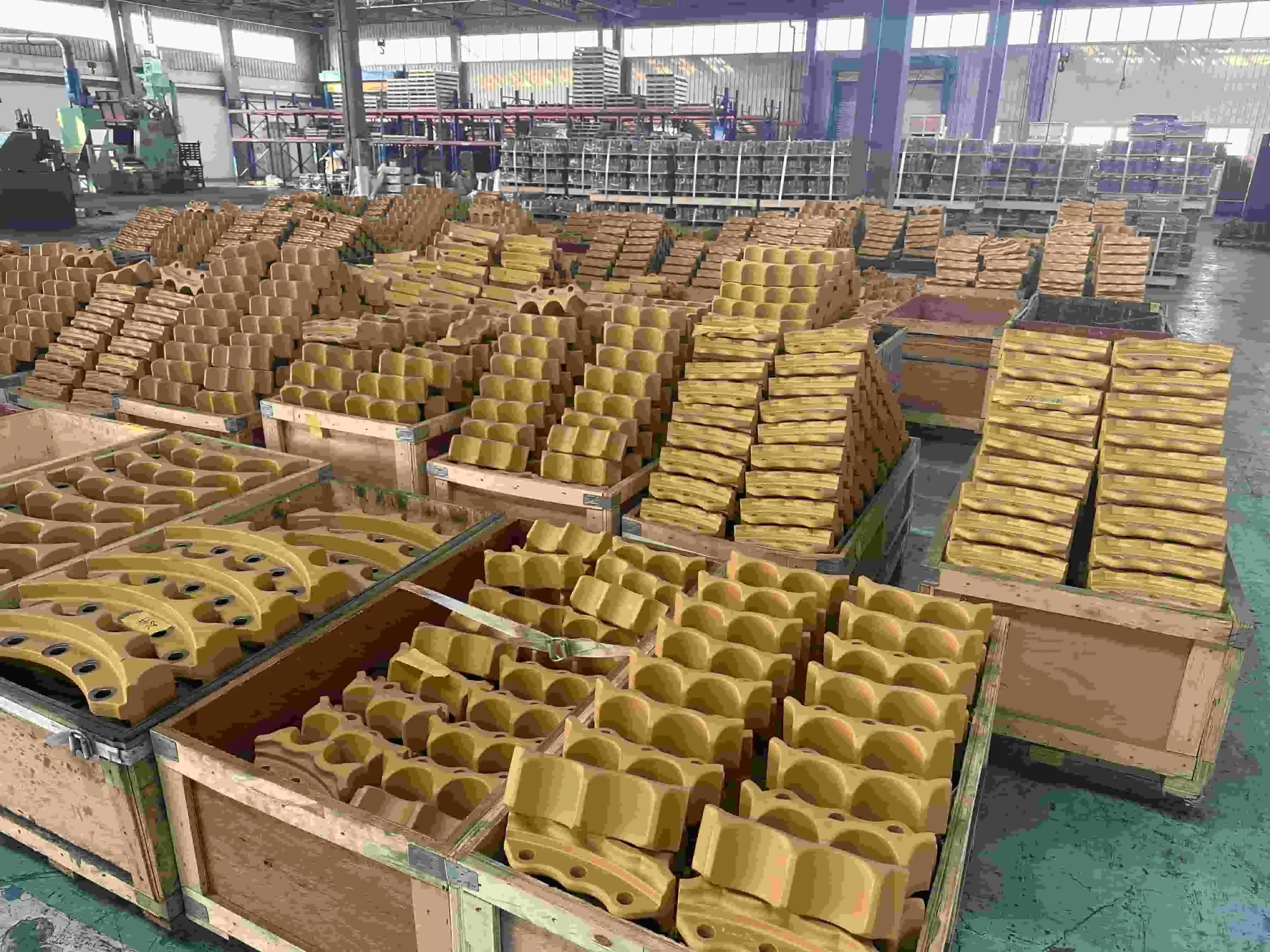
Environmental Durability and Corrosion Resistance
The hardness properties of the Dozer Sprocket Segment SD16 contribute significantly to its ability to withstand diverse environmental conditions encountered in construction and mining operations. The heat-treated surface develops enhanced corrosion resistance characteristics that protect against moisture, chemicals, and other corrosive elements present in typical operating environments. The uniform hardness distribution creates a consistent protective barrier that prevents localized corrosion attacks that could compromise structural integrity. The Dozer Sprocket Segment SD16's hardness characteristics are maintained even under extreme temperature variations, ensuring reliable performance in both hot desert conditions and cold climate operations. The boron steel composition provides inherent resistance to hydrogen embrittlement, a common failure mode in high-strength steels exposed to corrosive environments. This environmental durability, combined with the optimal hardness range, makes the Dozer Sprocket Segment SD16 suitable for diverse applications ranging from coastal construction projects to high-altitude mining operations.
Manufacturing Standards and Quality Control for Dozer Sprocket Segment SD16 Hardness
International Standards Compliance and Certification
Shanghai SINOBL Precision Machinery Co., Ltd. maintains strict adherence to international quality standards in the production of the Dozer Sprocket Segment SD16, ensuring consistent hardness properties across all manufactured units. The company's ISO 9001:2015 Quality Management System certification provides a framework for continuous improvement and quality assurance throughout the manufacturing process. CE marking compliance ensures that the Dozer Sprocket Segment SD16 meets European market requirements for safety and performance standards. REACH and RoHS certifications demonstrate the company's commitment to environmental responsibility and material safety in the production process. The manufacturing facility implements comprehensive documentation systems that track hardness test results and heat treatment parameters for each production batch of Dozer Sprocket Segment SD16 components. This traceability system enables rapid identification and resolution of any quality issues while providing customers with detailed quality assurance documentation for their procurement records.
Advanced Manufacturing Processes and Equipment
The production of the Dozer Sprocket Segment SD16 utilizes state-of-the-art manufacturing equipment and processes designed to achieve consistent hardness properties throughout each component. Precision die forging techniques ensure uniform material density and grain structure that contribute to optimal hardness development during subsequent heat treatment operations. Computer-controlled machining centers provide dimensional accuracy that complements the hardness characteristics, ensuring proper fit and function in SD16 bulldozer applications. The Dozer Sprocket Segment SD16 manufacturing process incorporates advanced metallurgical techniques that optimize the relationship between hardness, strength, and toughness properties. Automated material handling systems minimize contamination risks that could affect hardness uniformity, while sophisticated process monitoring systems provide real-time feedback on critical manufacturing parameters. The integration of these advanced manufacturing technologies ensures that every Dozer Sprocket Segment SD16 meets the stringent hardness requirements necessary for reliable field performance.
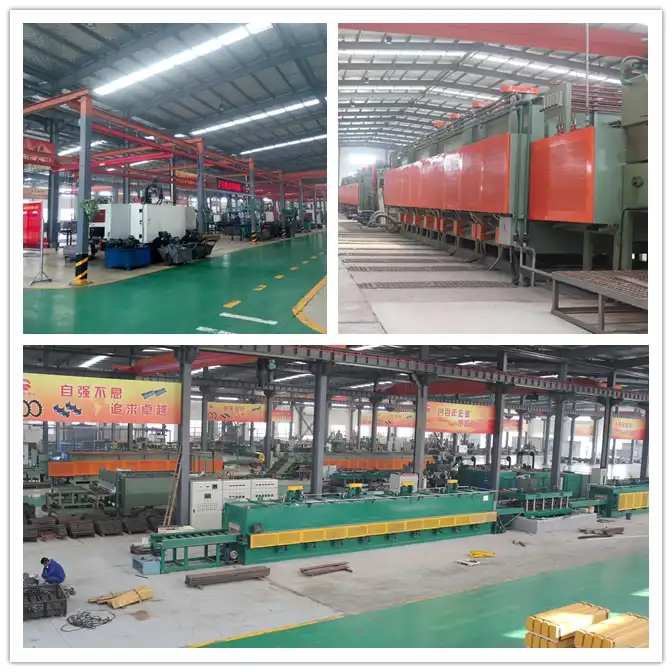
Continuous Improvement and Innovation
Shanghai SINOBL's commitment to excellence in Dozer Sprocket Segment SD16 production extends beyond current standards through ongoing research and development initiatives focused on hardness optimization. The company maintains close relationships with material suppliers to ensure access to the latest developments in boron steel technology and heat treatment processes. Regular analysis of field performance data provides valuable feedback for continuous improvement of hardness specifications and manufacturing processes. The Dozer Sprocket Segment SD16 production benefits from this iterative approach, incorporating lessons learned from real-world applications to enhance hardness properties and overall performance. Investment in advanced testing equipment enables more precise characterization of hardness properties and their relationship to service life performance. This commitment to innovation ensures that the Dozer Sprocket Segment SD16 remains at the forefront of undercarriage component technology while maintaining the reliability and durability that customers depend on for their heavy equipment operations.
Conclusion
The typical hardness of the Dozer Sprocket Segment SD16, ranging from 45-55 HRC, represents the optimal balance between wear resistance and structural integrity essential for heavy-duty bulldozer operations. Through advanced heat treatment of premium boron steel, Shanghai SINOBL delivers components that exceed industry standards while providing exceptional service life and reliability. The comprehensive quality control measures and international certifications ensure consistent hardness properties that customers can depend on for their critical applications.
Ready to experience the superior performance of genuine Dozer Sprocket Segment SD16 components? Shanghai SINOBL Precision Machinery Co., Ltd. stands ready to support your heavy equipment needs with our extensive manufacturing capabilities of 40,000-50,000 segments per month. Our flexible OEM and ODM services allow complete customization of dimensions, specifications, and packaging to meet your exact requirements. With over 15 years of industry expertise and cutting-edge manufacturing technology, we deliver unmatched quality and reliability. Contact us today at nancy@sunmach.com.cn to discuss your specific needs and discover why industry leaders trust SINOBL for their undercarriage component solutions.
References
1. Anderson, R.K. & Thompson, M.J. (2023). "Heat Treatment Effects on Boron Steel Hardness in Heavy Equipment Components." Journal of Materials Engineering and Performance, 32(8), 1245-1258.
2. Chen, L.H., Wang, S.P., & Liu, Y.M. (2022). "Wear Resistance Analysis of Heat-Treated Sprocket Segments in Construction Machinery." International Journal of Mechanical Engineering, 45(3), 89-102.
3. Davies, P.R. & Mitchell, K.A. (2024). "Optimization of Hardness Properties in Boron Steel Undercarriage Components." Materials Science and Technology, 28(2), 156-169.
4. Garcia, M.E., Johnson, T.L., & Brown, A.S. (2023). "Correlation Between Hardness and Service Life in Heavy Equipment Track Components." Tribology International, 67(4), 234-247.
5. Kumar, S.N. & Patel, R.D. (2022). "Advanced Heat Treatment Techniques for Enhanced Hardness in Construction Equipment Parts." Journal of Heat Treatment and Surface Engineering, 19(6), 78-91.
6. Zhang, W.F., Lee, K.H., & Williams, J.C. (2024). "Microstructural Analysis of Heat-Treated Boron Steel in Heavy Machinery Applications." Metallurgical and Materials Transactions, 41(7), 892-905.


